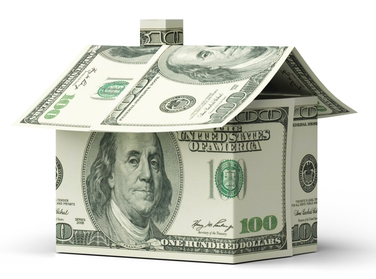Understanding Cash on Cash Returns

In the world of real estate investing, we’re all chasing the dream of making profitable deals. While many of us lean on the good old Return on Investment (ROI) to measure our success, it’s not always the full picture, especially with rental properties. That’s where getting to grips with cash on cash (COC) return can really make a difference.
What’s Cash on Cash Return Anyway?
Think of cash on cash return as your financial compass for navigating the profitability of your real estate investments. It’s different from ROI because it focuses on the cash income your property generates in relation to the cash you initially put down to buy it. In simple terms, it tells you what percentage of your initial cash investment you’re getting back each year.
The Importance of Cash on Cash Return
This metric is a game-changer for investors. It gives you a clearer picture of how profitable a potential investment could be. It’s like having a crystal ball that helps you decide whether a property is worth your money or not.
Cash on cash return is also super helpful when you’re figuring out how to finance your investment. It can show you whether going with a traditional mortgage or a private lender might be more beneficial for your annual returns.
Plus, it’s a great tool for comparing different investment properties. It can help you see which properties might fit better in your portfolio and which ones might not be the best match.
Essentially, it’s about making sure you’re putting your money where it’s going to work hardest for you.
How Do You Calculate Cash on Cash Return?
Here’s the formula you’ll need:
Cash on Cash Return = (Annual Cash Flow / Initial Cash Investment) x 100%
To get this right, you’ll need a good handle on your annual cash flow, which is basically the rent money you pocket after paying your fixed expenses including the mortgage payment, property taxes, insurance, HOA fees if applicable and any property management fees. By keeping a detailed record of your monthly rental income and expenses, you’ll be able to figure out your annual cash flow and, subsequently, your cash on cash return.
A Step-by-Step Guide to Calculating Cash on Cash Return
Ready to crunch some numbers? Here’s how to do it:
Start by working out your monthly cash flow. This means subtracting your monthly expenses from your rental income. For example, if you’re raking in $1400 a month in rent and your expenses come to $1000, your monthly cash flow is $400.
Next, multiply that monthly cash flow by 12 to find your annual cash flow. In this case, you’d have $4800.
Then, add up all the cash you initially invested in the property, like the down payment, closing costs, and any improvements you’ve made. Let’s say that comes to $50,000.
To find your cash on cash return, divide your annual cash flow by your initial investment. So, $4800 divided by $50,000 equals 0.96. Multiply that by 100%, and you’ve got a 9.6% cash on cash return. That means you’re earning back 9.6% of your initial investment each year.
Cash on Cash Return vs. ROI
It’s important to remember that cash on cash return and ROI are not the same thing. Cash on cash return focuses solely on the cash you’ve actually spent, while ROI looks at the total investment, including any financing.
Cash on Cash Return and NOI
Cash on cash return also differs from net operating income (NOI) because it takes debt service (aka your mortgage payment) into account, whereas NOI does not. To figure out your NOI, you’d subtract the property’s operating expenses from its total income, assuming it’s fully rented out.
What’s a Good Cash on Cash Return?
There’s no one-size-fits-all answer here since every investment property is unique, with its own set of financing methods, expenses, and other variables. What’s considered a good return for one investor might not cut it for another. Generally, though, a cash on cash return between 5-7% is seen as acceptable, while 8-12% is pretty darn good. But always consider your own investment goals and the market you’re in.
Why You Should Check Your Cash on Cash Return Annually
Keeping an eye on your cash on cash return each year is crucial. It lets you track how your investment is doing, how it’s affecting your portfolio, and whether you’re hitting your investment targets. Plus, with rental markets always in flux, knowing your cash on cash return can guide you in making informed decisions about rent adjustments and other key moves. When your rent increases, your revenue increases and your COC return increases too.
Sure, figuring out your cash on cash return might take a bit of legwork and some number crunching, but the insights you gain are invaluable for making your investment portfolio as strong and profitable as possible.
For each property MartelTurnkey lists for sale, we provide a cash flow summary which clearly shows the estimated annual Cash on Cash return. If, like many investors, you’re financing the property, refer to the “leverage tab” to find this ratio. Our sales team will be happy to discuss these numbers with you anytime. Book a call with us to learn more.